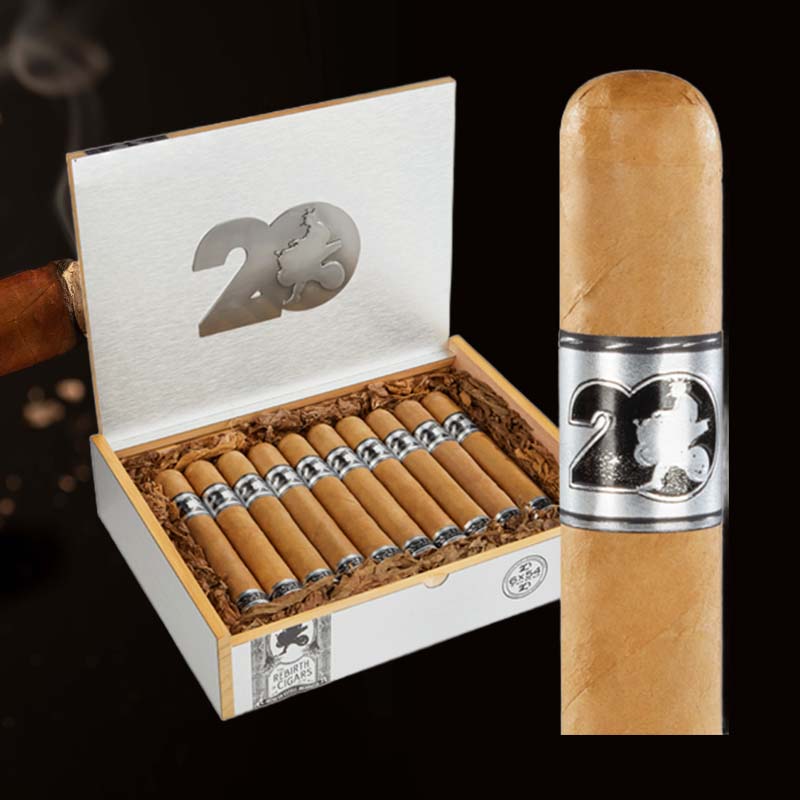How to check accuracy of infrared thermometer
Today we talk about How to check accuracy of infrared thermometer.
As an avid user of infrared thermometers, whether in my kitchen or during industrial tasks, ensuring their accuracy has always been a priority for me. Según los estudios de la industria, improper readings can vary by as much as ±2°C (±3.6°F), posing significant risks in various applications. This article will guide you step-by-step on how to check the accuracy of your infrared thermometer, so you can trust your measurements.
1. Confirm Accuracy Using Another Trusted Pyrometer
Steps to Use a Trusted Pyrometer for Validation
En mi experiencia, comparing readings with a trusted pyrometer is one of the most effective ways to confirm your infrared thermometer’s accuracy:
- Gather both your infrared thermometer and a reliable pyrometer with known calibration—typically accurate to within ±1°C (±1.8°F).
- Measure the same target surface temperature with both instruments simultaneously.
- Compare the readings; if they differ by more than 2°C (3.6° F), it’s an indication that recalibration is needed.
2. Confirm Accuracy Using a Blackbody

Setting Up a Blackbody for Accuracy Check
Using a blackbody calibration source has been invaluable in my verification process. Here’s how I set it up:
- Ensure the blackbody is stabilized at a known temperature, typically around 100°C (212° F), before testing.
- Point the infrared thermometer at the blackbody and capture the reading.
- If the reading deviates more than 1°C (1.8° F) from the expected blackbody temperature, I know to check calibration or emissivity settings.
3. Confirm Accuracy with a Thermocouple

How to Integrate Thermocouples for Accuracy Measurement
Integrating thermocouples allows for precise temperature comparisons. Aquí está mi enfoque:
- Place a thermocouple on a stable surface where I want to measure temperature.
- Simultaneously record the temperature with my infrared thermometer.
- Is the thermometer reading within ±1°C (±1.8°F) of the thermocouple? Si no, recalibration may be necessary.
4. Prueba de agua helada

Conducting the Ice Water Test for Verification
The ice water method is an age-old practice for a quick accuracy check:
- Prepare a container filled with ice and water in a 1:1 relación, ensuring the mixture is stable at 0°C (32° F).
- After allowing the thermometer to acclimate to the environment, I immerse it in the ice water.
- My goal is for the thermometer to read close to 0°C (± 1 ° C); any significant difference signals a need for calibration.
5. Comprender la emisividad
Importance of Emissivity in Accuracy Checking
Emissivity plays an essential role in reading accuracy. Most materials have emissivity ranging from 0.1 a 1.0. I adjust the emissivity setting on my thermometer according to the material being measured:
- Dull black surfaces have an emissivity of around 0.95, while shiny metals might be as low as 0.1.
- Esto es crucial; a reading taken from a shiny surface without adjusting emissivity can lead to errors as large as 20%.
6. Wavelength Considerations

How Wavelength Affects Measurement Accuracy
The wavelength sensitivity significantly impacts infrared thermometer accuracy. Por ejemplo, I ensure that my thermometer is calibrated for a specific wavelength, típicamente alrededor 8-14 microns for general applications:
- If I’m measuring temperatures on metal vs. materiales orgánicos, the respective wavelengths can alter readings by at least 5-15%.
- This is particularly important in industrial settings where accurate thermal measurements can influence production quality.
7. Geometry of Measurement
Impact of Measurement Geometry on Accuracy
Understanding measurement geometry has saved me from misleading readings. Típicamente, the distance-to-spot ratio is crucial; por ejemplo:
- A 12:1 ratio allows me to measure a spot size of 1 cm from 12 cm de distancia.
- By keeping the distance consistent and within manufacturer specifications, I minimize errors caused by measuring larger areas.
8. Procedimientos de calibración

Steps to Properly Calibrate Your Infrared Thermometer
Proper calibration ensures long-term accuracy. Here’s how I calibrate:
- Consult the manufacturer’s guidelines for specific instructions and calibration frequency—most suggest every 6-12 meses.
- Use known temperature sources, like a stable blackbody or calibrated thermocouple.
- Make adjustments based on recorded discrepancies—aiming for accuracy within ±1°C.
9. Checking the Calibration Points

Identifying Key Calibration Points for Accuracy
While calibrating, I focus on several key points across different temperature ranges:
- Check points at 0°C, 25° C, and 100°C, mimicking common use cases.
- Adjust if I notice deviations greater than 1°C at any point to ensure consistency across the range.
10. Informando sus resultados

How to Document Accuracy Checks
Documentation is crucial. I’ve created a log for recording:
- The date of each accuracy check.
- The temperature readings from both my infrared thermometer and reference instruments.
- Any adjustments made to the settings or calibration.
11. Factors that Affect the Accuracy of Infrared Thermometers
Common Factors Influencing Readings
Con el tiempo, I’ve identified several factors that can mislead readings, incluido:
- Ambient temperature fluctuations, which can raise readings by up to 5°F.
- Surface reflectivity which, if overlooked, can lead to errors up to 30% when measuring shiny objects.
- Distance from the target; too far can significantly dilute the measurement accuracy.
12. Recommendations for Using Infrared Thermometers

Best Practices to Ensure Accurate Measurements
To guarantee accuracy in my measurements, I stick to these guidelines:
- Calibrate before first use and every few months if used continuously.
- Always account for the emissivity of the materials being measured.
- Use the thermometer in a controlled environment to avoid unexpected temperature fluctuations.
13. Preguntas frecuentes (Preguntas frecuentes)
How to check infrared thermometer accuracy at home?

You can check infrared thermometer accuracy at home using methods like the ice water test, which should yield results close to 0°C, or by validating against a trusted pyrometer for more precise readings.
How do I calibrate my infrared thermometer?

To calibrate your infrared thermometer, follow the manufacturer’s guidelines, typically requiring reference points like a blackbody or thermocouple; adjustments should aim for within ±1°C accuracy.
How can I check if my thermometer is accurate?

Check the accuracy of your thermometer by validating it against another trusted device or the ice water method; idealmente, both should show agreement to maintain reliability in readings.
Why does my infrared thermometer give me different readings?
Different readings can stem from factors like variations in emissivity settings, measuring distance, or ambient conditions; these aspects can introduce errors of 1-20% dependiendo del escenario.
14. Troubleshooting and Common Issues

Identifying Problems Affecting Thermometer Accuracy
If you observe significant discrepancies, I recommend checking for debris on the lens, ensuring proper emissivity settings according to the material, and considering possible environmental effects that can skew readings.
15. Conclusión
Summing Up the Key Points on Accuracy Checks
En conclusión, checking the accuracy of an infrared thermometer involves a detailed, multi-step approach. Incorporating calibration checks, grasping material properties like emissivity, and accurate documentation ensures that I can trust my measurement results every time.





